HSOG History, Chapter 7: A new home in Elmbank Street – Part 2
Last month’s instalment of HSOG History delved into detail about the early stages of the High School’s relocation to Elmbank Street, spanning the years 1878-1914, and touched upon significant developments to the buildings along with changes to life at the School under the leadership of the various Rectors.
July’s instalment will continue to shine a spotlight on the history of the High School whilst at Elmbank Street, but will look more specifically at the years 1914 until Elmbank Street’s eventual closure in 1976.
Pictured above: a sketch of the frontage of Elmbank Street, which was sold by The Glasgow Academy Directors to the Town Council in 1878 before becoming the home of The High School of Glasgow (date of image unknown).
The development of Elmbank Street for The High School of Glasgow (1914 – 1976)
The expansion of Elmbank Street throughout the period 1878-1914 paid dividends, as by 1916, the School roll had exceeded 1,000 pupils for the first time in its history.
Come 1927, the Educational Authority’s Property Committee recommended a further extension to the existing buildings, with architects Watson, Salmond and Gray then instructed. The new building, otherwise known as ‘A block’ became fully operational during the summer term of 1934 and was officially opened by Sir Charles Cleland that October.
The ground floor housed an examination hall, a large gymnasium, Carpentry and Engineering workshops, two Physics laboratories and a dark-room. On the first floor were further Physics laboratories as well as three Chemistry laboratories. The top floor was home to a 150-seat lecture theatre, as well as classrooms for Art, Engineering Drawing and Biology.
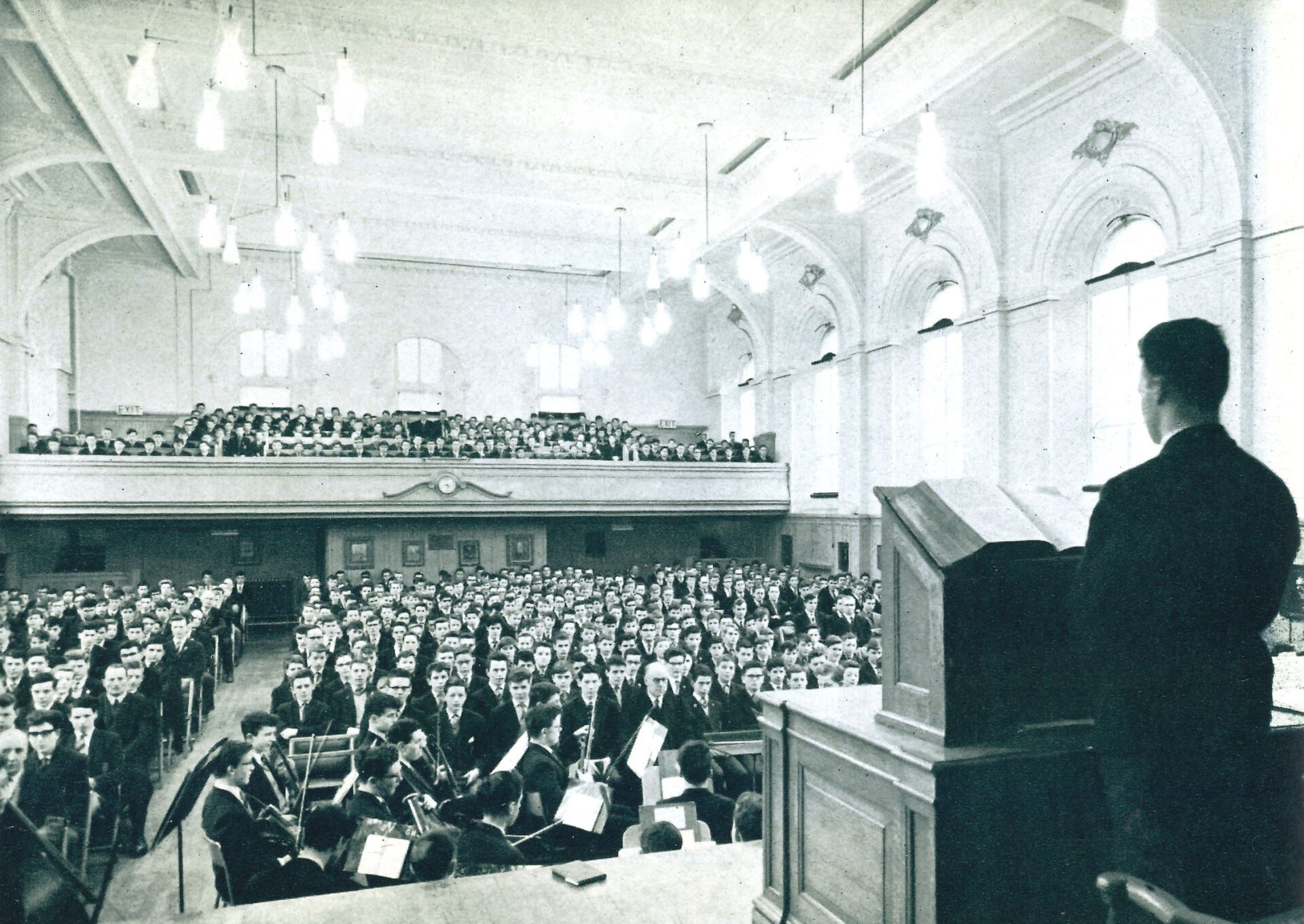
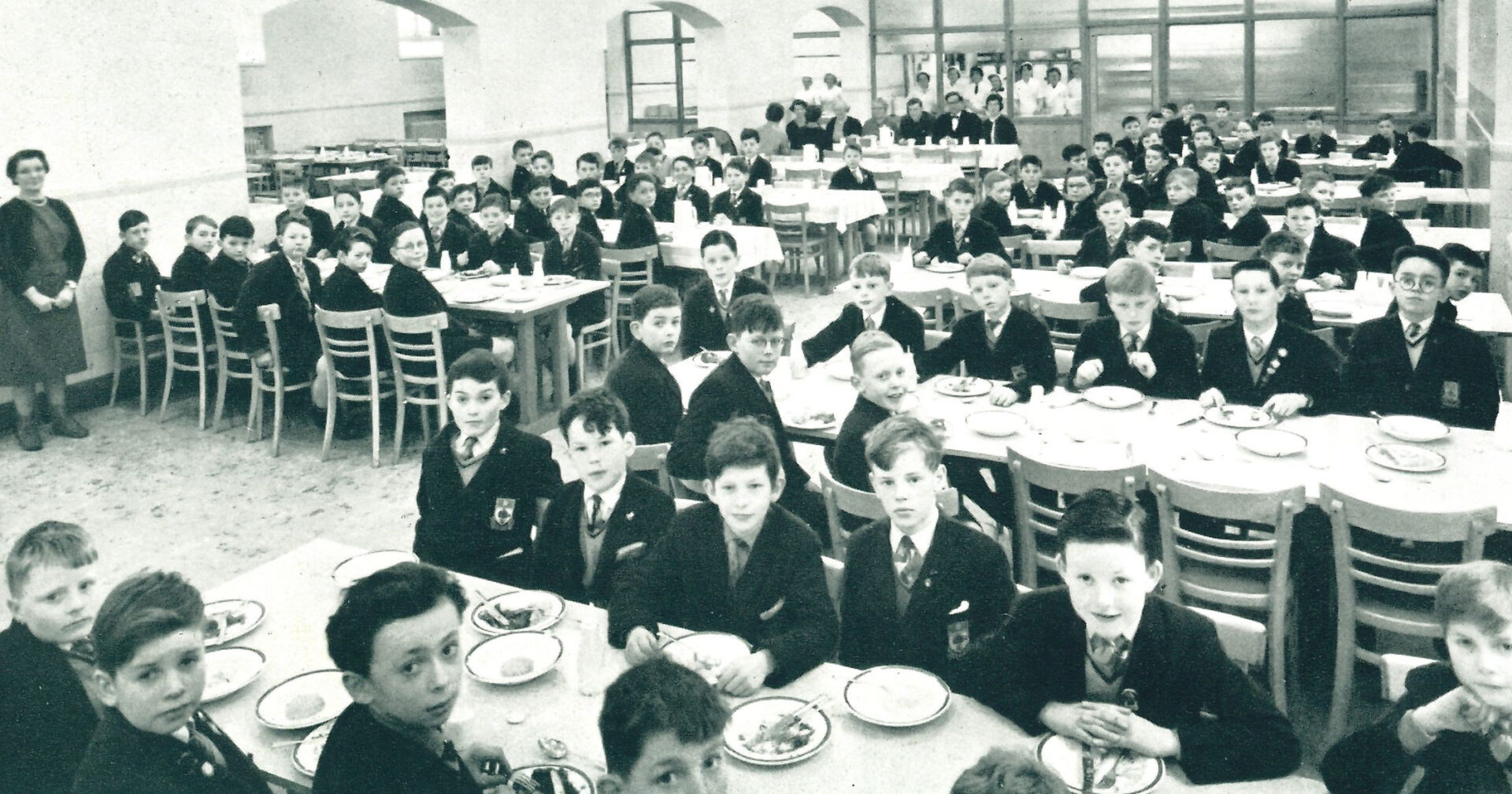
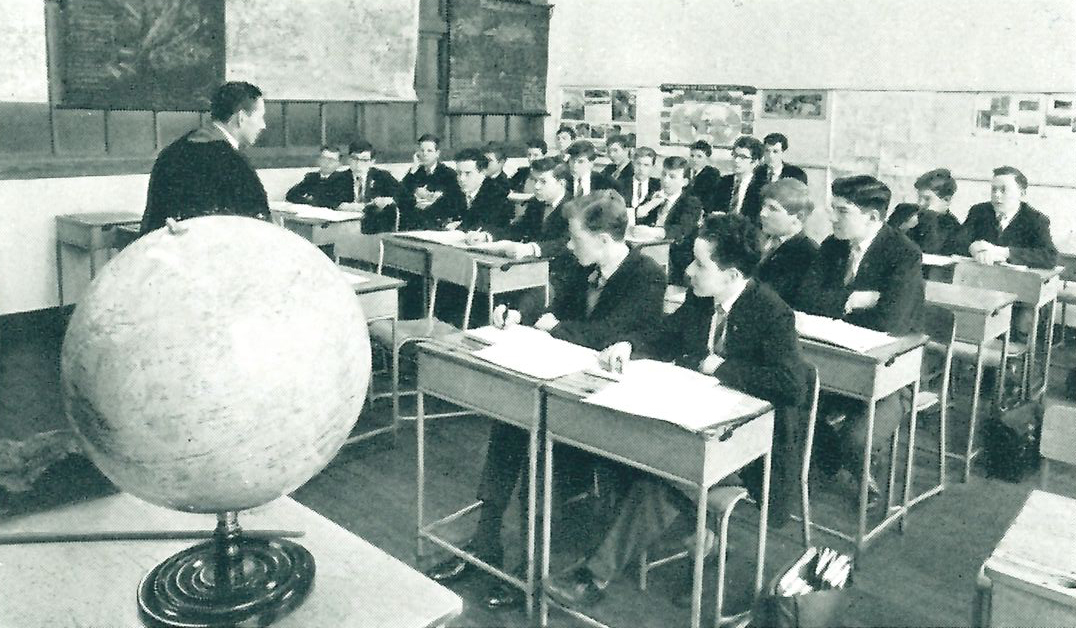
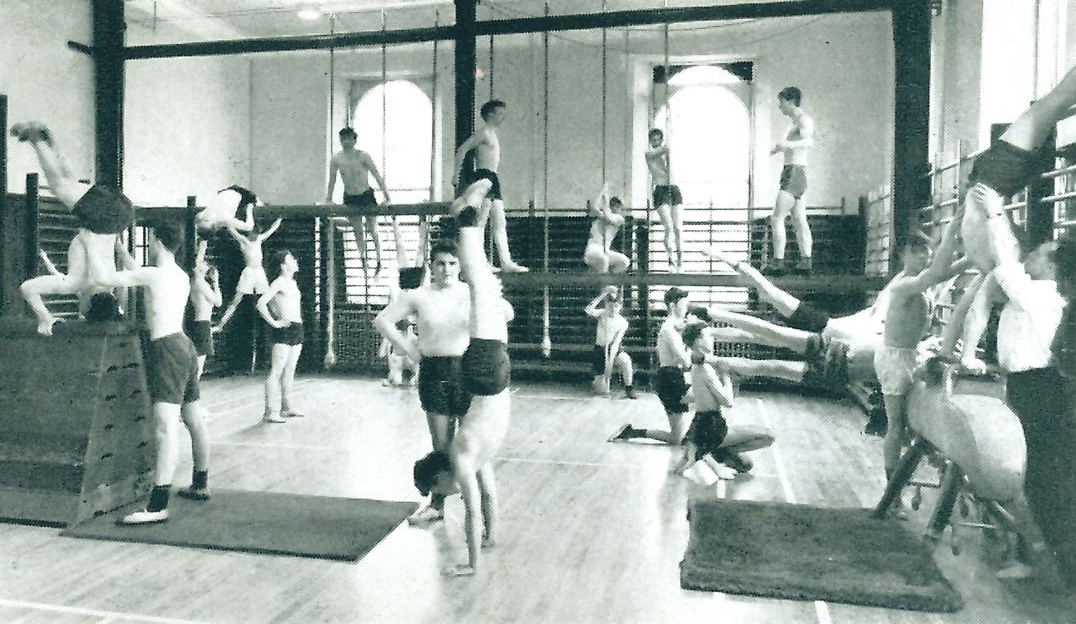
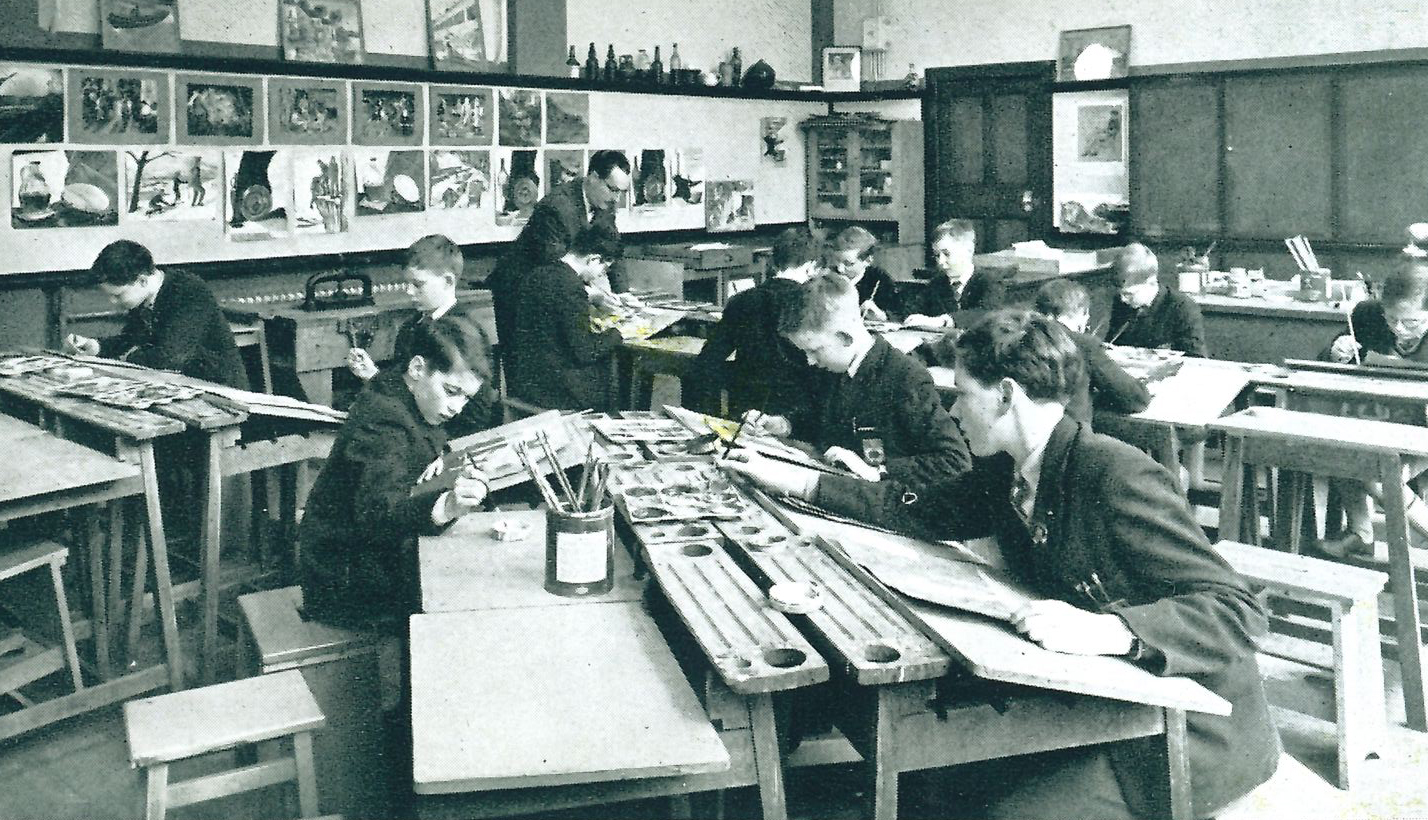
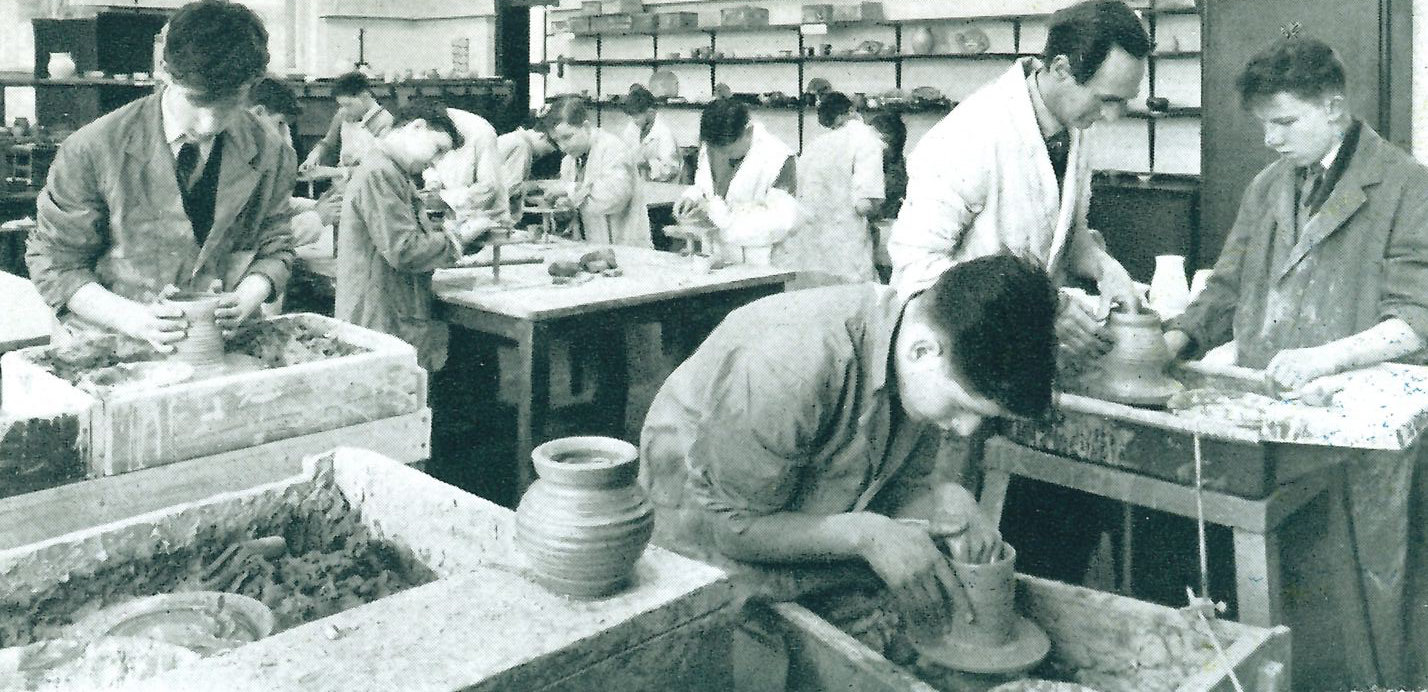
Around the same time, ‘B block’ was rebuilt and comprised teaching space for Modern Languages, Classics and Mathematics. The original heart of the School, ‘C block’, was also deemed to be in desperate need of renovation. However, due to the liquidation of the initial contractors, the building was not officially reopened until 1959.
The new ‘C block’ later became the home of English, History, Geography and Music, with additional classrooms for Classics and French. A library was created on the top floor, along with space for the Rector’s study, Prefects’ (Council) Room and the School office.
The Rectors of The High School of Glasgow at Elmbank Street, 1914-1976 – a snapshot
Following a move to Emmanuel College in Wandsworth at the end of 1913, Rector Shirley Goodwin was replaced by Peter Pinkerton at the start of the Spring Term in 1914.
Pinkerton’s first achievement was the opening of a shooting range in June 1915, erected along the Holland Street wall. He was also instrumental in securing athletic ground at Anniesland with the support of the Glasgow High School Former Pupils Club, where new playing fields were provided for organised games. The land was eventually bought by the School in 1919 following a successful fundraising appeal, launched in June 1914 and spearheaded by Pinkerton.
With the outbreak of the First World War in 1914, many members of the High School community became involved with the war effort. The School’s Roll of Honour numbered 2,706, of whom 1,714 were officers. The 478 Old Boys who sadly lost their lives were commemorated in a Book of Remembrance edited by Frank Beaumont, Senior English Master of the School.
By 1920, plans for the construction of a War Memorial were drawn up and the project was entrusted to architect and former pupil, William Wright. On 14th February 1922, the Memorial at Elmbank Street was unveiled by former pupil and soon-to-be Prime Minister, the Rt Hon Andrew Bonar Law. Pinkerton was deemed to have been invaluable to the fundraising efforts for the memorial.
In 1917, the House system underwent a significant change, with the House names changed to Bannerman, Clyde, Campbell and Moore. During session 1926-27, Campbell House was renamed Law House.
The School motto was also changed under Pinkerton’s tenure to Sursum Semper (Ever Upwards), a motto which still holds strong at the High School today. Equally, the School was granted its coat of arms by the Lord Lyon King of Arms in February 1919.
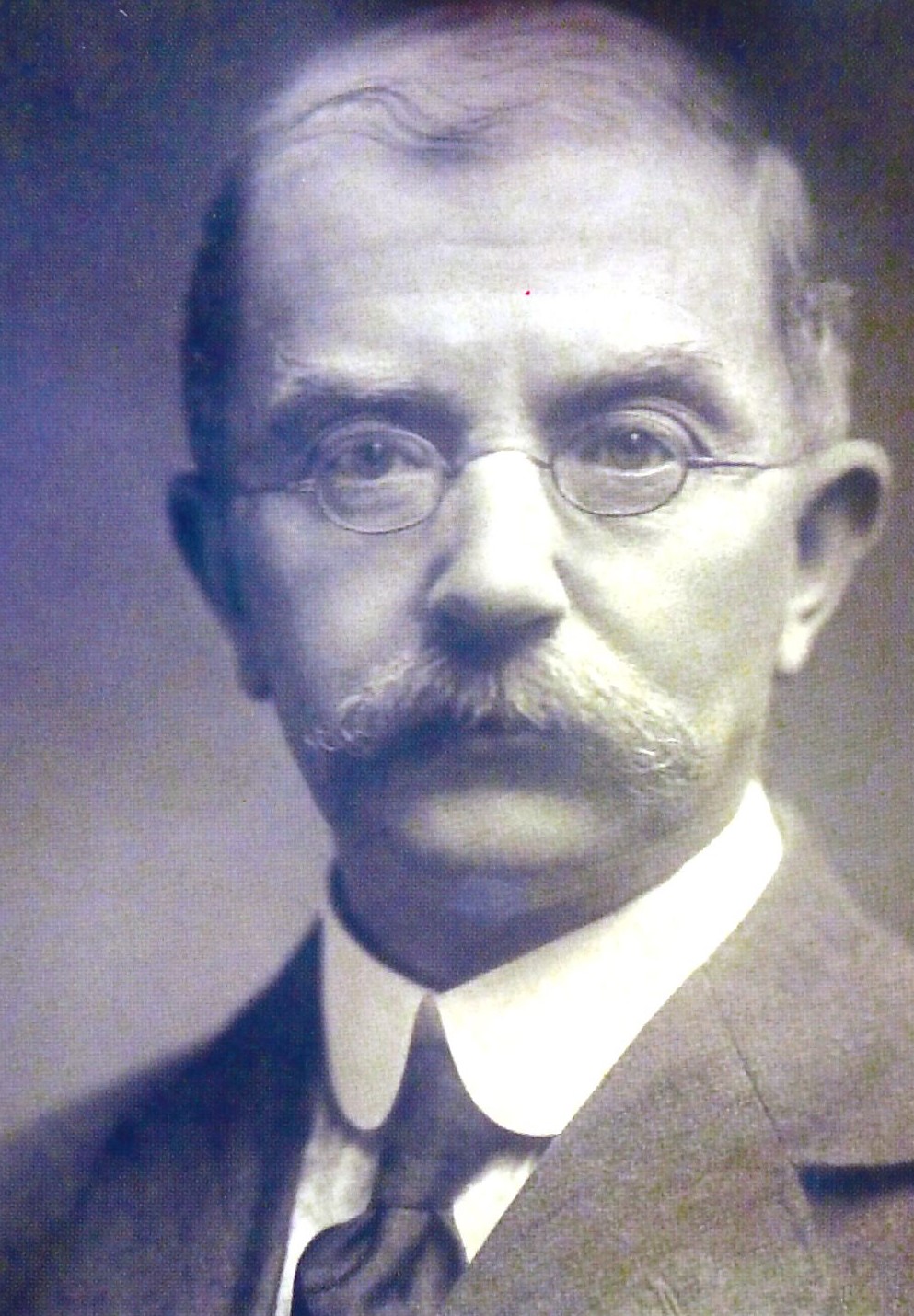
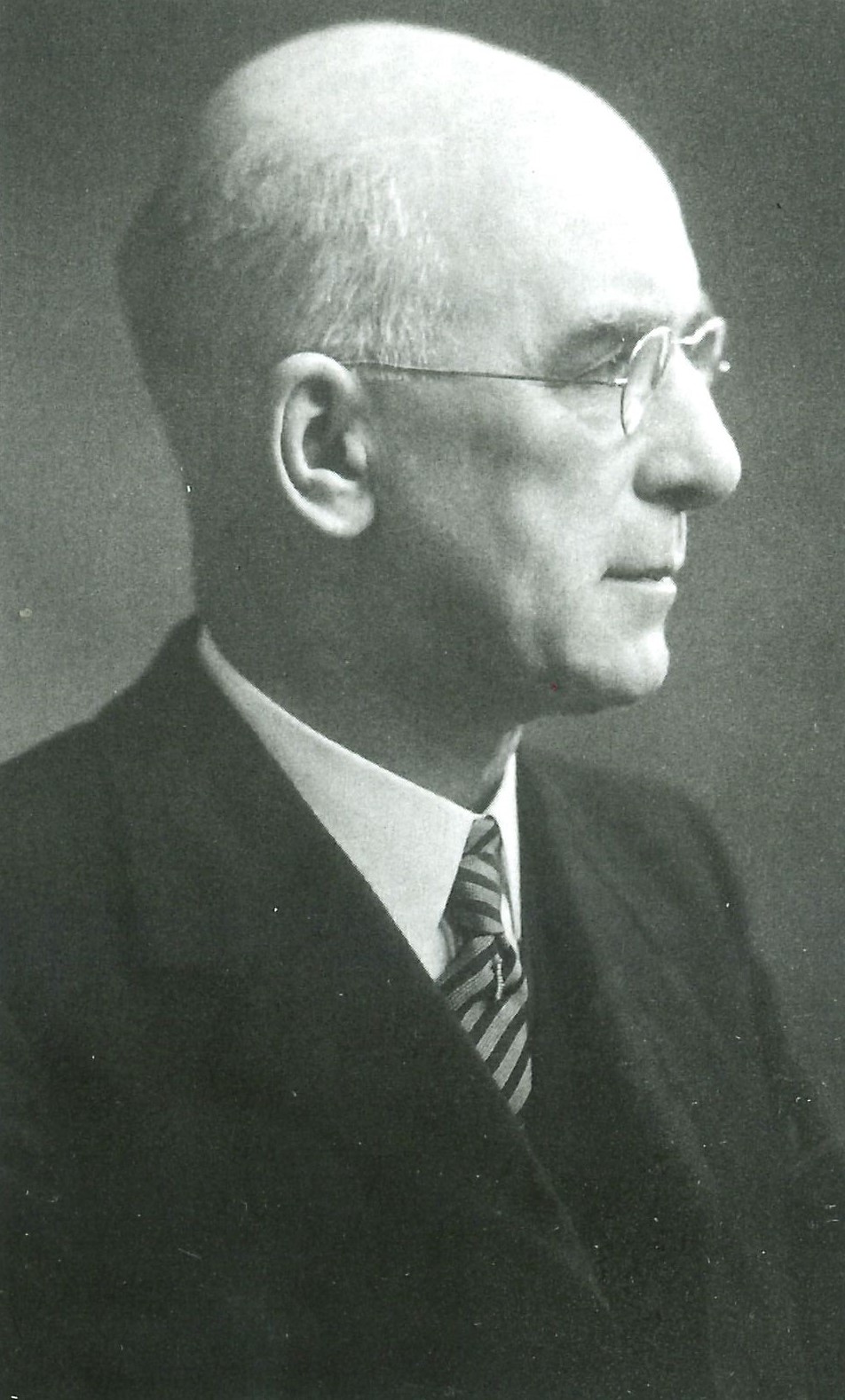
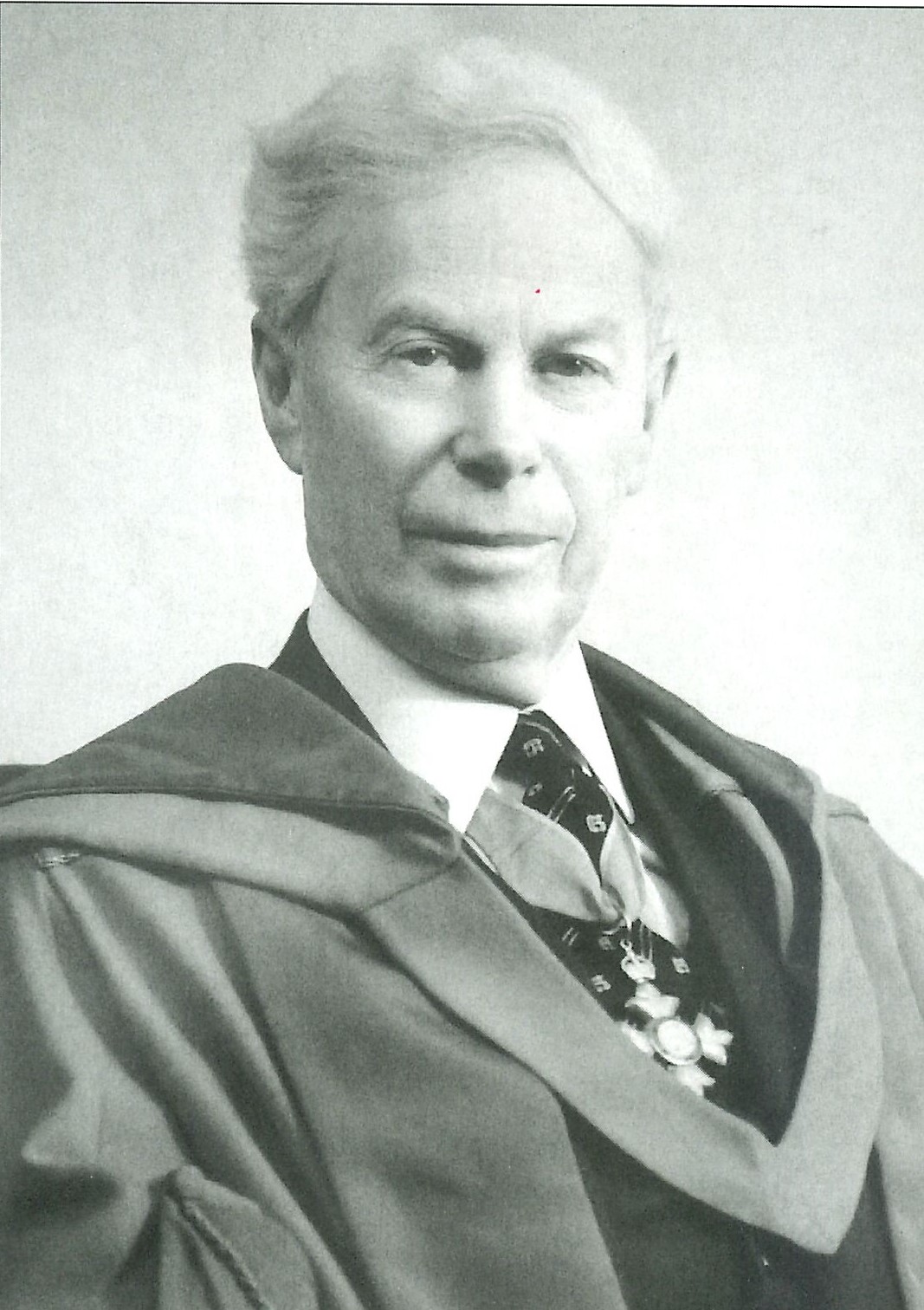
Sadly, Pinkerton died in office in November 1930 from colon cancer. In his memory, a bronze medallion was placed on the wall of the Pavilion at Anniesland in March 1933.
Succeeding Pinkerton was John Talman, who joined the School in 1931 and served as Rector throughout the duration of the Second World War. By mid-October 1939, the government had relaxed its ban on the opening of schools in Glasgow, and so some senior forms were allowed back on-site under the proviso that air-raid shelter was available. In just four days, the sandbag protection was so far advanced that the three most senior forms could return to the School.
In total, 1,563 former pupils served in the Second World War, with the 147 who fell remembered in the Book of Service and Remembrance published in 1948.
During Talman’s rectorship, the curriculum was largely academic; focused on subjects deemed suitable for securing a university place: English, Mathematics, Classics, Modern Languages, Physics and Chemistry. However, an interesting addition to school life was the introduction of a compulsory athletics course geared towards encouraging all pupils to engage in some form of physical activity.
David Lees was the eighth and final Rector of Elmbank Street, joining the School in August 1950. Inheriting a school with a healthy roll, pupil numbers grew substantially by session 1958-59 with a total of 1,207 boys (a growth of 339 pupils since 1950).
Under Lees, extra-curricular activities flourished with an array of clubs and societies available to pupils including: Scripture Union, choirs, Stamp Club, Ship Society, Science Club, Railway Club, Aero-Modelling Club, Photographic Club, Chess Club, the Literary and Debating Society and the Combined Cadet Force.
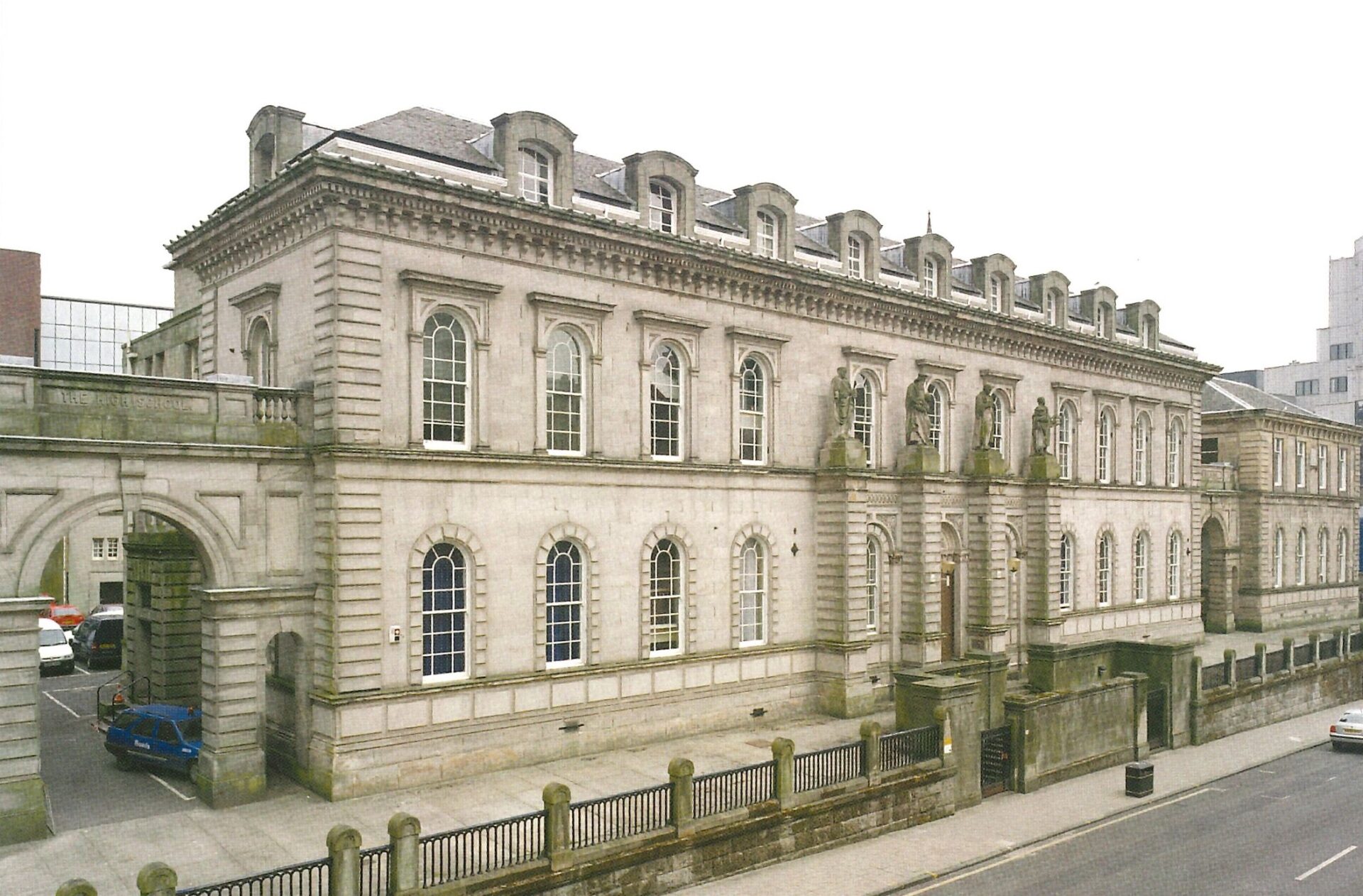
Pupils also excelled in a range of school sports, both individual and team, such as rugby, cricket, golf, tennis, swimming, rowing, basketball and curling.
With the closure of Elmbank Street by the Glasgow Corporation in June 1976, Lees retired. However, still maintaining an attachment to the School, he joined the Board of the “new” High School at Old Anniesland and took great joy in its early development and success.
Much of the information included within this article was sourced from The Town School, a book written by former staff member, Brian Lockhart. Should you wish to read more about The High School of Glasgow’s history in the Elmbank Street era, or indeed HSOG’s wider history, you can order a copy of the book here: www.hsogcommunity.co.uk/shop/.
If you’re interested in reading the first instalment of HSOG History’s spotlight on Elmbank Street, you can so do by clicking here.

